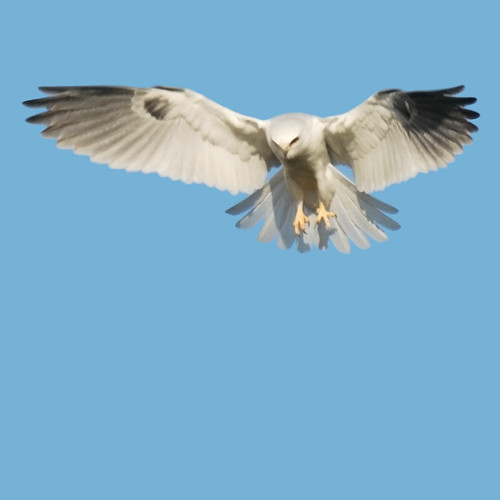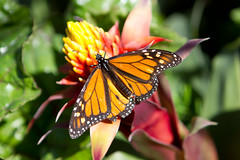Start School Later

Do any of you wake up and want to go back to sleep? Well I do. Do you want to sit at your desk nodding your head like a zombie? I don’t. And think of the teachers! Staying up late a taking care of their children and checking our work, looking for mistakes that we made. And I think here the most important fact that I learned when people don’t get enough sleep, they could get sick. All kids and teachers should benefit to start school later.
If kids got more sleep, they would stay more focused in the lesson, and would get better grades. Imagine you’re a teacher and you saw one of your students dozing off in La La Land(La La Land is what we call in our class if one of our students is not paying attention). How would you feel???
Think about the teachers staying up late doing chores and taking care of their family…Well I think when people don’t get enough sleep the could get pretty grouchy. And I experienced that with my mom every school morning.
Here is the most important fact-when people don’t get enough sleep their immune system get weaker and people can catch the Flu or a cold really easy. If we could start school a little later kids would miss less and get more progress done because their organzm gets enough sleep.
I suggest to start school later so that kids would have much more fun, stay much more healthier, much more energetic, much more focuse etc. And I hope you agree with me.
Photo Credit: Alan Cleaver via Compfight

